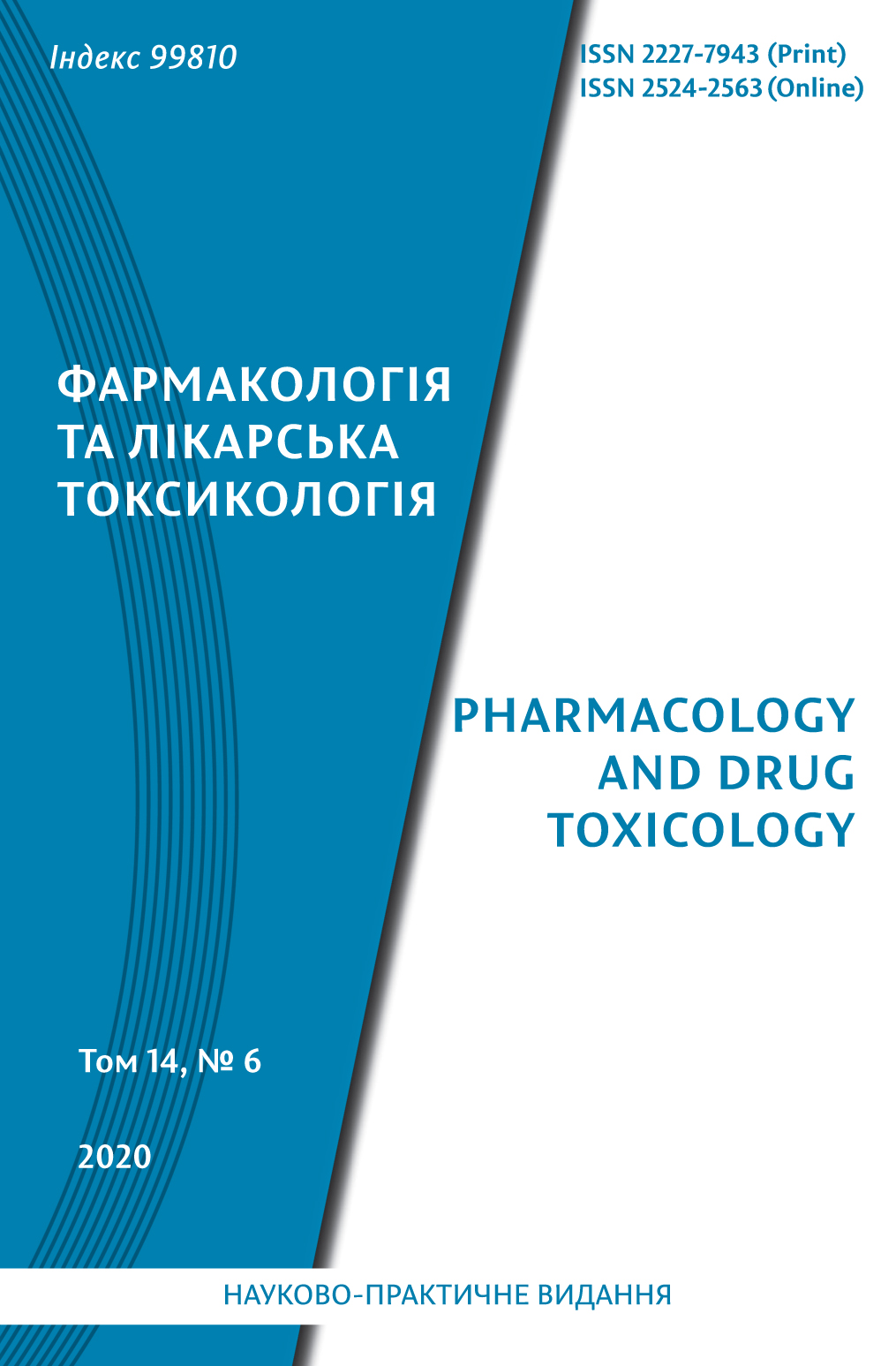Abstract
The aim of the study – to generalize and systematize an experimental data about properties and use of 1.4-benzodiazepines and relative compounds for studying of GABA-ergic system morpho-functional organization; to characterize the structure of possible candidates as endozepines (receptor agonists and
antagonists); to demonstrate the possibility of original substances development on the base of GABA receptors molecular organization knowledge.
The synthesis of 1.4-benzodiazepine derivatives has become a powerful impulse to the creation of the tranquilizers of new type as well as studying the molecular organization of GABA receptors. In contrast to many chemical substances, which are used as medicines, these molecules have their own receptors (part of GABA-receptors), denoted as benzodiazepine receptors. Endogenous agonists or antagonists (endozepines) for these receptors are still not found.
1,4-benzodiazepine derivatives are the most common pharmacological modulators, which enhance GABA action, causing anxiolytic, sedative, myorelaxant, anticonvulsive, hypnotic, vegetostabilizing and analgesic effects. The ratio of all these pharmacological properties in the certain substance determines
specifics of its neurotropic effect, clinical indications and side effects. Before understanding the mechanism of benzodiazepines action there was the opinion that these effects can not be separated in one drug. Currently it is found that antagonistic influence on receptor subtupes has a clinical consequences.
Sedative and anticonvulsive effects are mainly determined by binding with α1 subtype while anxiolytic properties are modulated by α2 and α5 containing receptors. Movements coordination impairment is due to the α2 and α3 receptor subtupes and α5 subunit additionally participates in memory and learning.
Antihyperalgesic effect is mostly connected with α2 subunit of spinal cord. In addition to powerful and rapid pharmacotherapeutic action the substances also possess some addictive potential (drug dependence), which appears after molecules interaction with α1-receptors. Using the selective targeting on separate receptor subtupes one can provide not only the main effect of benzodiazepines without side effect, but also use this approach to creating new analgesic medicines, what we demonstrated on the example of propoxazepam.
